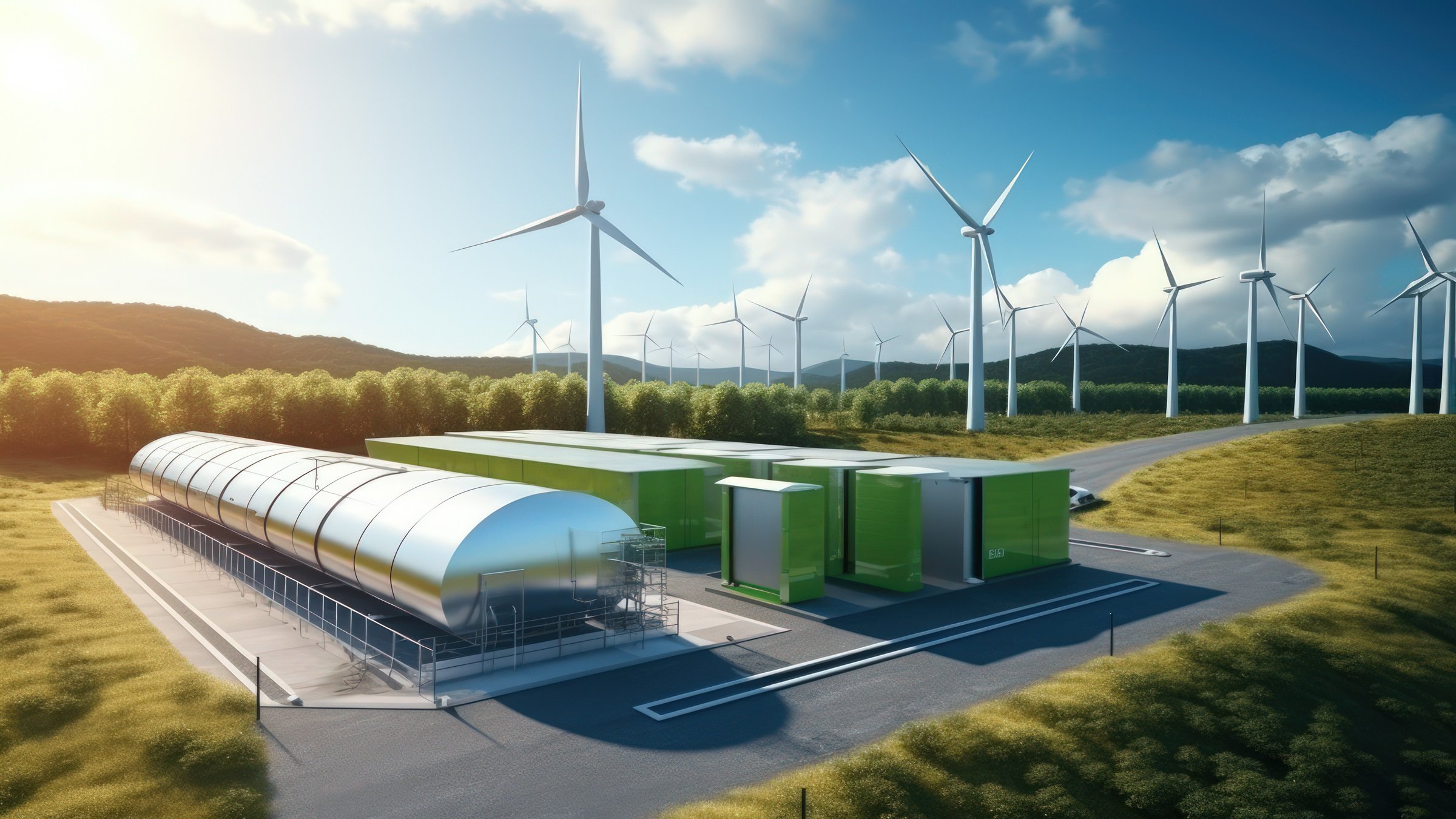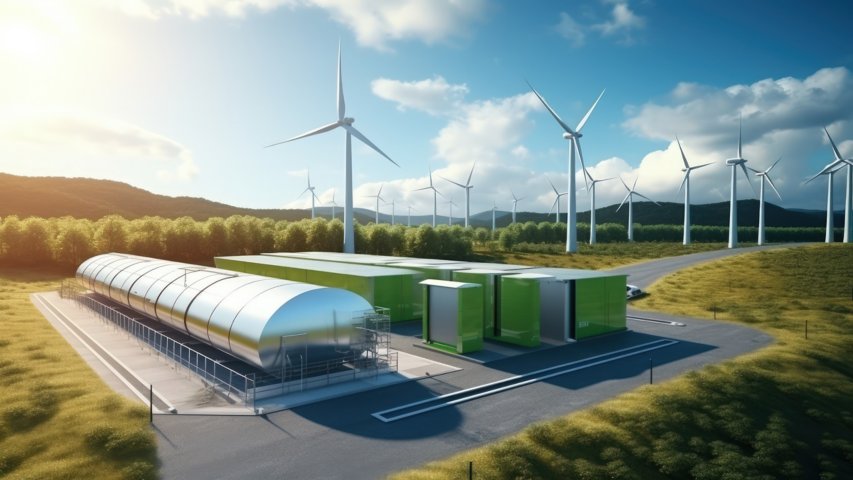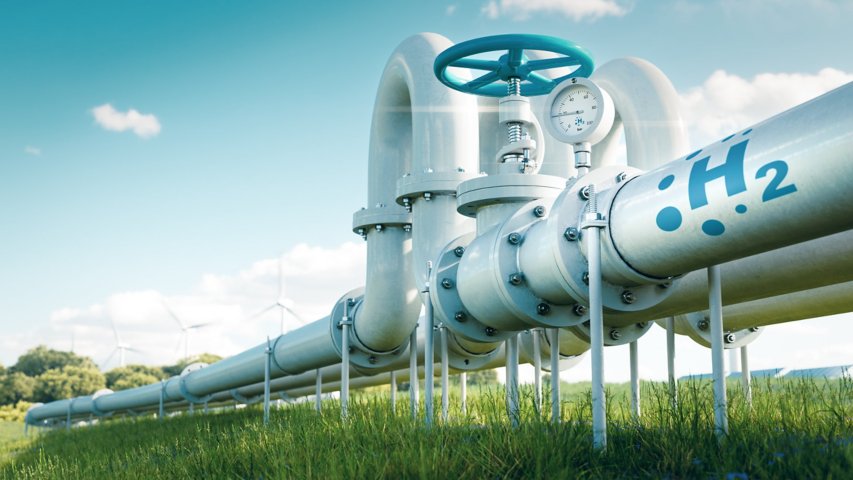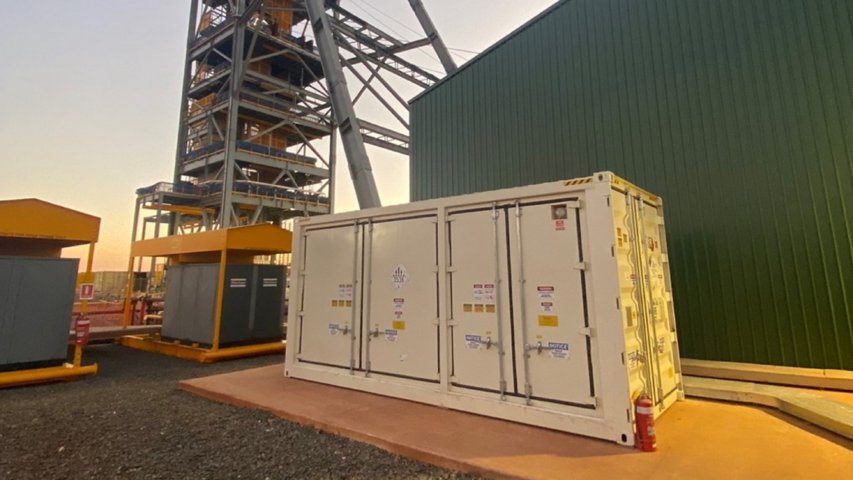Global warming is affecting all of us, and greenhouse gas emissions are one of the main causes for global warming. Within that, the metals and mining industry is said to be one of the largest contributors, contributing four to seven percent of greenhouse gas emissions globally.
Putting a spotlight on the need to reduce greenhouse gasses, the United Nations has highlighted affordable and clean energy as one of its 17 goals for sustainable development. As of November 2023, 145 countries around the world had announced, or are considering net zero targets.
Against this backdrop, the global energy sector is evolving to adopt greener solutions. Industries like mining, chemicals, and oil and gas in particular are on a mission to search for cleaner and more efficient energy resources. Whether it’s through innovation or adopting technologies that already exist, key industry players are implementing measures towards achieving their net zero goals.
At the same time, it’s important to note that there are simpler and quicker ways to embark on a net zero journey. Organizations that are serious about energy transition can first look into reducing energy and water consumption. Reduce waste, recycle more, and start tracking consumption to consciously optimize energy and water consumption over time. Implementing these habits within the organization will also change mindsets among employees to adopt greener habits.
In this article, we explore why energy transition minerals are becoming the critical minerals within the mining sector, how organizations can adopt greener solutions sustainably, and discover new energy opportunities in carbon capture and hydrogen. Also learn how industries that are traditionally associated with high carbon footprints can do their part to contribute to a more sustainable future.







